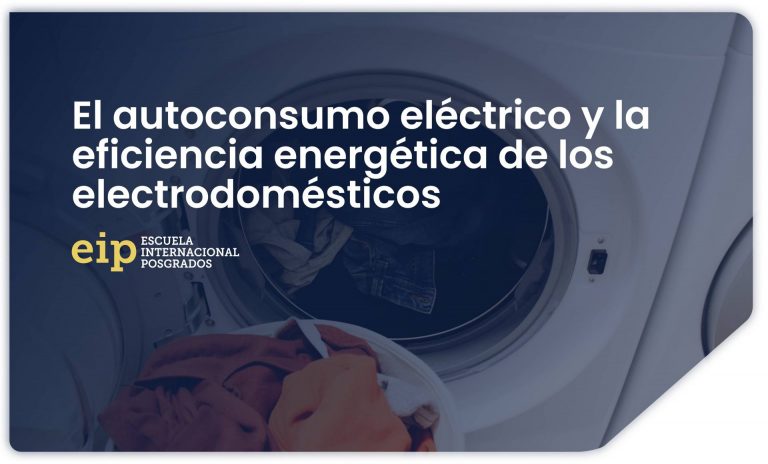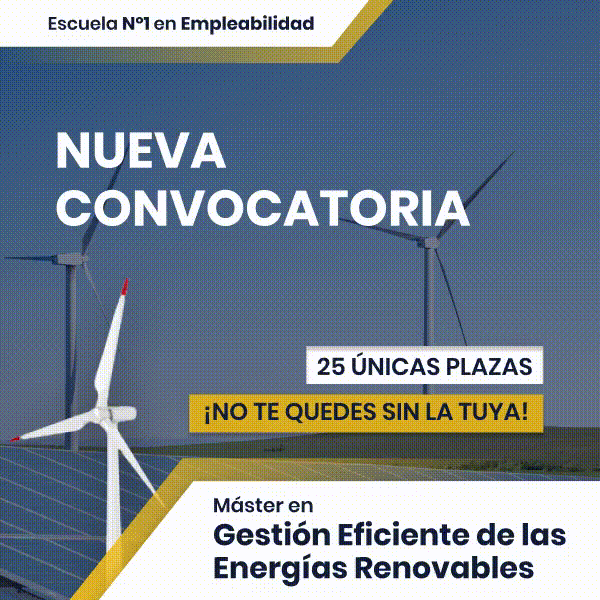The paths towards sustainability in energy pass through improving efficiency in use, as well as for the use of renewable energies.
At home, the higher consumption of energy is produced by appliances that make our lives easier every day. Therefore, it is important to know the difference between some appliances and others, taking into account the calls energy labels.
Energy labels
The labels are based on a classification by letters and colors. This classification goes from A next to color green (for the most efficient appliances), up to lto G with the color red (for those that offer the worst energy performance). Labels on large appliances are essential to choose appropriately, since, in addition, by law, its display is mandatory throughout Europe. Refrigerators, washing machines, dishwashers, dryers and electric ovens, among others, must have their efficiency level perfectly identified.
By choosing highly efficient appliances, we reduce the amount of energy needed to run them, which not only means financial savings on the electricity bill, but also limits the environmental impact of our vital activity.
As building technicians, it is necessary that we know the energy consumption of the facilities we design in order to design and execute a sustainable living space.
Likewise, by adding to the strategy of improving efficiency in use, the use of renewable energies, we further reduce said environmental impact.
Main sources of self-consumption in buildings
The main sources of self-consumption in buildings are the following:
- Geothermal energy.
Its operation is based on capturing the heat existing under the surface of the earth through a system of sealed pipes filled with water or antifreeze liquid. It is in these pipes where heat exchange occurs.
It is applied to the production of hot water for sanitary use and heating either through heat-cold pumps or underfloor heating.
- Solar thermal at low temperature.
Its operation is based mainly on the existence of a thermal solar collector that is designed to receive the greatest amount of solar radiation possible, to later transfer it to a thermal fluid that circulates inside.
It is applied to the production of hot water for sanitary use, heating and absorption cooling.
- Solar photovoltaic.
Its operation is based on solar cells, semiconductor devices that absorb the radiation emitted by the sun to generate an electric current that can be extracted from said cell.
- Mini wind turbine.
Its operation is based on the use of wind to generate energy.
The mini wind generators that can be combined with an existing line or with other renewable energies, are small in size and are made with high quality and light materials: aluminum structure, carbon fiber blades that significantly reduce the noise generated by friction. with the air.
- Biomass.
Its operation is based on the use of organic matter as a source of energy. In buildings, the most common biomass system is gas boilers. Currently, the most popular biomass system is pellet stoves (biomass fuel based on pressed wood).

































